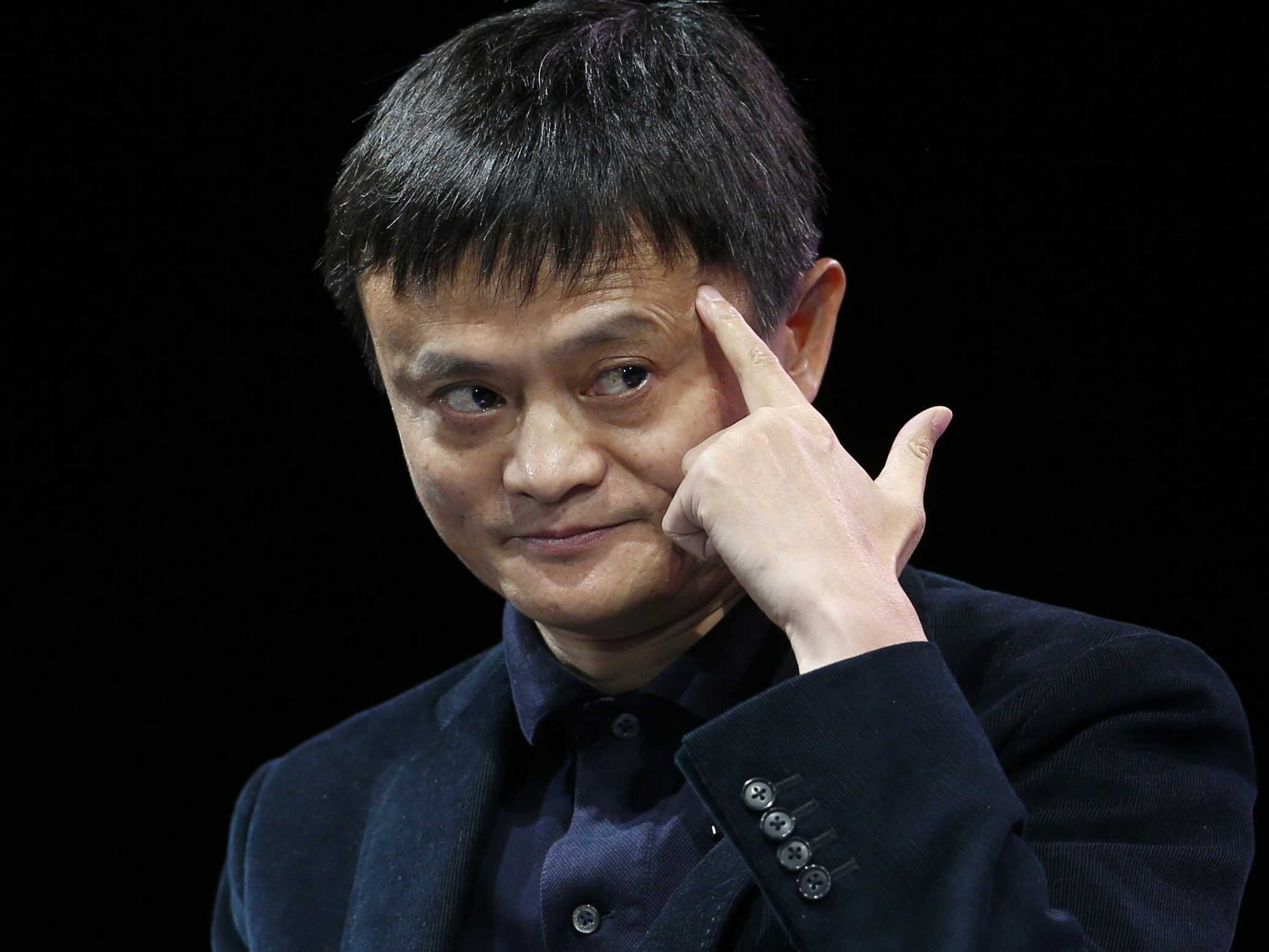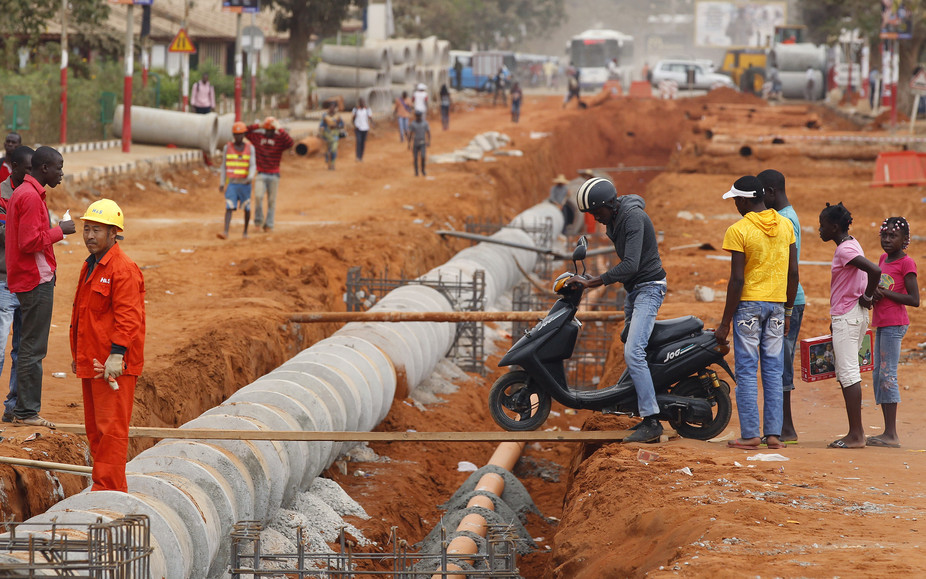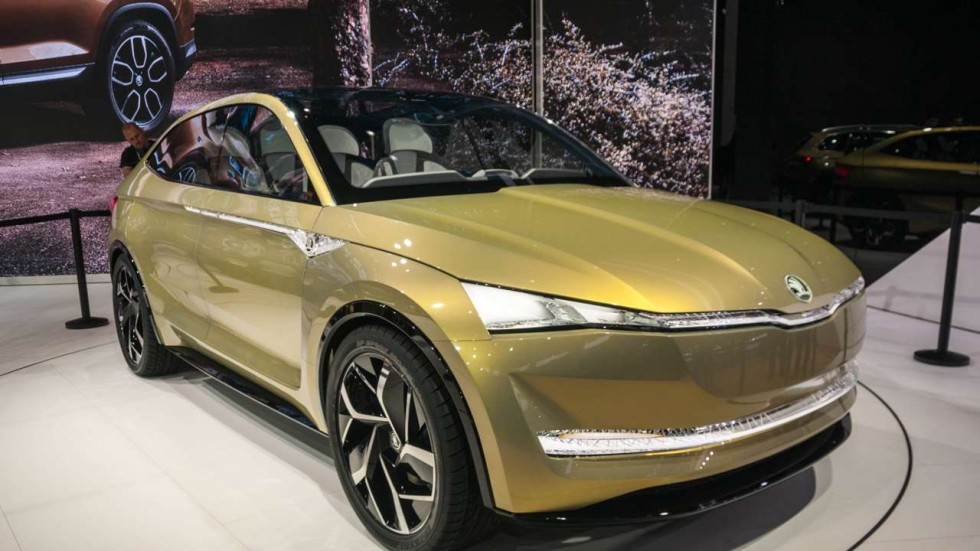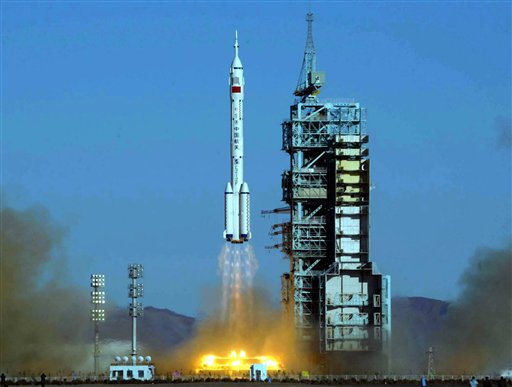
 Tech Titans
Tech TitansWe are less than a week away from China's 19th Party Congress, but instead of entering the final fray of predictions, we're waiting until the curtains draw on Wednesday, October 18th and reveals more substantial news. China's powerful are not only in the politburo, though, and according to the experts that ranked China's five most powerful people in a CNN poll, two of China's tech titans took the top five. Jack Ma, CEO of Alibaba saw his company making headlines this week when its $472 billion market value briefly surpassed Amazon's $471.9 billion. The last time this happened was after Alibaba's massive IPO in 2014, and it held the number one spot for the next nine months.
Alibaba's core business is e-commerce, but like Amazon, it has also diversified to cloud computing, finance, healthcare---and even areas which Amazon hasn't touched, like car vending machines. In China, Alibaba is synonymous with Taobao, the online vendor that sells just about everything, which has led to issues on quality and IP protection. To separate itself from Alibaba, JD.com, another massive e-commerce site, has taken more interest in commanding the luxury sector with a new platform called 'Toplife.' As TechNode reported, "The platform allows brands to sell directly to consumers through an end-to-end luxury e-commerce ecosystem that incorporates online stores, premium customer service and delivery, marketing and branding expertise, and specialized warehousing and inventory."
It is hard to imagine this making a dent in Alibaba's preeminence, or ambition. Earlier this summer Jack Ma said that he predicted by 2036, Alibaba would be so big, that it would "become the fifth largest economy in the world."
Considering the heft of these tech companies, it is no surprise that China's government increasingly is attempting to exert control. This week The Wall Street Journal reported that internet regulators have discussed taking 1% stakes in Tencent and Youku (which is owned by Alibaba). Li Yuan writes, "An initial rollout of what the government calls 'special management shares' started with two internet media startups. Regulators and the People's Daily website are taking stakes of less than 2% in mobile news platform Yidian Zixun and Beijing Tiexue Tech Co., operator of a patriotic news site. In exchange, the investors get to appoint a government official to the companies' boards and have a say over their operations, people familiar with the deals said."
 What We Now Know About China's Foreign Aid
What We Now Know About China's Foreign AidChina's foreign aid apparatus has long been shrouded in mystery. But this week, a trove of data released by the College of William and Mary's AidData brought a lot of clarity to Beijing's international spending.
The media instantly latched onto the revelation that Russia is the biggest recipient of Chinese foreign aid. Tellingly, the bulk of this aid - $25 billion out of a total of $36.6 – went to an oil pipeline builder called Transneft. Other "favored" countries of China's mammoth overseas aid mechanism include Pakistan, Kazakhstan, Turkmenistan, Angola, Ethiopia, Sri Lanka, Mali, Venezuela, and Laos. CNN reports that, "A large amount of Chinese aid goes to African nations, which make up seven of the top 10 recipients of aid from China by project volume. China has 704 projects in total. Angola and Ethiopia combined received almost $32 billion of Chinese commitments in the period 2000-2014, almost 10% of the total."
This new information challenges the widely-held idea that China is a "bad donor." According to the Economist, "China is one of the world's largest providers of foreign aid. But it has a reputation as a rogue donor: stories abound of shoddy projects, low environmental standards and mistreatment of workers." But in fact, "a doubling of Chinese grant aid is associated with a 0.4-point increase in the rate of GDP growth of the recipients after two years."
Given the relative success of the program, why the secrecy? "The largesse is unpopular domestically. Many Chinese think that their country is too poor to give handouts and the money ought to be spent at home," the Economist expounds. However, China's domestic population reaps significant returns on these deals. According to Evan Ellis, a U.S. Army War College professor and China scholar, development assistance generates significant business for its companies. "The Chinese don't just give loans," he said. "They are almost all tied to using Chinese companies as subcontractors."
But while commentators have demonstrated anxiety that the effectiveness of Chinese aid might damage the impact of Western assistance, results from this study run counter to such notions. When researchers calculated whether aid effectiveness declined in countries that received Western aid, followed by an influx of Chinese cash, they found no decline. To borrow a phrase beloved by Beijing, China's aid apparatus is looking more like a "win-win" scenario than many previously thought.
 Going Green and Projecting Greener
Going Green and Projecting GreenerChina has been working to project itself as a global leader, often under the flag of climate change and sustainable development. Earlier this year, China's National Energy Administration announced it would spend $363 billion to develop renewable power capacity by 2020. The investment will see renewables account for half of all new generated capacity and create 13 million jobs. Following the trend in moving towards becoming more sustainable, Beijing announced that it is working to ban petrol and diesel cars, joining a similar movement undertaken by the European Union.
This comes as no surprise, as the Financial Times noted, "China has numerous reasons for hating the combustion engine, and a huge incentive to hasten its demise. They are dirty, accounting for what the government says is about 30 per cent of the country's choking air pollution; contribute massively to its oil imports." All indications seem to show that for China, being sustainable is the economically and environmentally profitable thing to do. According to the China Association of Automobile manufacturers, China sold around 45% of the world's total number of electric vehicles in 2016, totaling 507,000. However, China remains much more ambitious, setting its target to manufacture at 7 million battery powered cars and hybrid vehicles by 2025. Further, William Russo, of China's Gao Feng Advisory, stated "If China says no more fossil-fuel powered cars, global carmakers must follow."
In order to help alleviate the air pollution problems of China, and to move its economy in a more sustainable direction, the country is looking to create a national carbon exchange to help cap carbon emissions. However, The aggressive work by China to move into a more sustainable and environmentally friendly is not only limited to the automobile industry or the confines of China. They are also looking outside of their own border. Mr Xie, China's special representative on climate change noted that, "China will boost efforts to develop a low-carbon economy to deal with climate change and promote its green vision for the Belt and Road Initiative." The Belt and Road Initiative spreads across the Afro-Eurasian supercontinent. President Xi expressed similar sentiments at the Belt and Road Forum in May, stating that "We should pursue the new vision of green development and a way of life and work that is green, low-carbon, circular and sustainable."
It is clear that clean energy, combatting climate change, and sustainable development will be the key to development of China's future. As such, it will be interesting to see how long this momentum will keep up, as well as to take a closer look at the efforts of China to 'export' its own ideas and policies to limit carbon emissions, within countries located along the Belt and Road.
 This Week in Chinese HistoryOn October 15, 2003, China launched its first manned space mission, the Shenzhou 5. China became the third country in the world to have independent human spaceflight capability after the Soviet Union (later, Russia) and the United States. The launch was widely heralded in the official Chinese state media with newspapers devoting far more space to the launch than any recent event, and even by Prime Minister Junichiro Koizumi of Japan and United States President George W. Bush.
This Week in Chinese HistoryOn October 15, 2003, China launched its first manned space mission, the Shenzhou 5. China became the third country in the world to have independent human spaceflight capability after the Soviet Union (later, Russia) and the United States. The launch was widely heralded in the official Chinese state media with newspapers devoting far more space to the launch than any recent event, and even by Prime Minister Junichiro Koizumi of Japan and United States President George W. Bush.
Prepared by China-US Focus editorial teams in Hong Kong and New York, this weekly newsletter offers you snap shots of latest trends and developments emerging from China every week, while adding a dose of historical perspective.
- 2017-10-06 China’s Super Golden Week
- 2017-09-29 All Quiet on North Korea’s Western Front?
- 2017-09-22 Back Together and Better than Ever: Renewed Sino-Russian Relations
- 2017-09-15 China positions itself to dominate the industries of the future
- 2017-09-08 Did North Korea just test a hydrogen bomb?
- 2017-09-01 Are Forced Technology Transfers Forcing the U.S. and China to Rethink How They Do Business?
- 2017-08-25 Bannon Out: What now for the China-US relationship?
- 2017-08-18 Trump Launches “Investigation on Whether to Investigate” China’s IP Laws
- 2017-08-11 Threats of "Fire and Fury" on the Korean Peninsula
- 2017-08-04 Trump Administration Plans Trade Actions Against China
- 2017-07-28 Xi to Dominate the 19th CPC Congress
- 2017-07-21 A Steely Comprehensive Economic Dialogue
- 2017-07-14 South China Sea Arbitral Award after One Year
- 2017-07-07 Now is the Trump Honeymoon with China Over?
- 2017-06-30 China Passes New Intelligence Law
- 2017-06-23 The End of China’s Honeymoon with Trump & Diplomatic and Security Dialogue
- 2017-06-16 Climate Change and Reliable Data Dealt Blows
- 2017-06-09 India, Pakistan formally welcomed into the Shanghai Cooperation Organization
- 2017-06-02 Once Partners in Fighting Climate Change, Trump Retreats, China Stays Steady on Paris Climate Accord
- 2017-05-26 Chinese Missile Frigates Confronts USS Dewey as U.S. Resumes FON Operations in South China Sea
